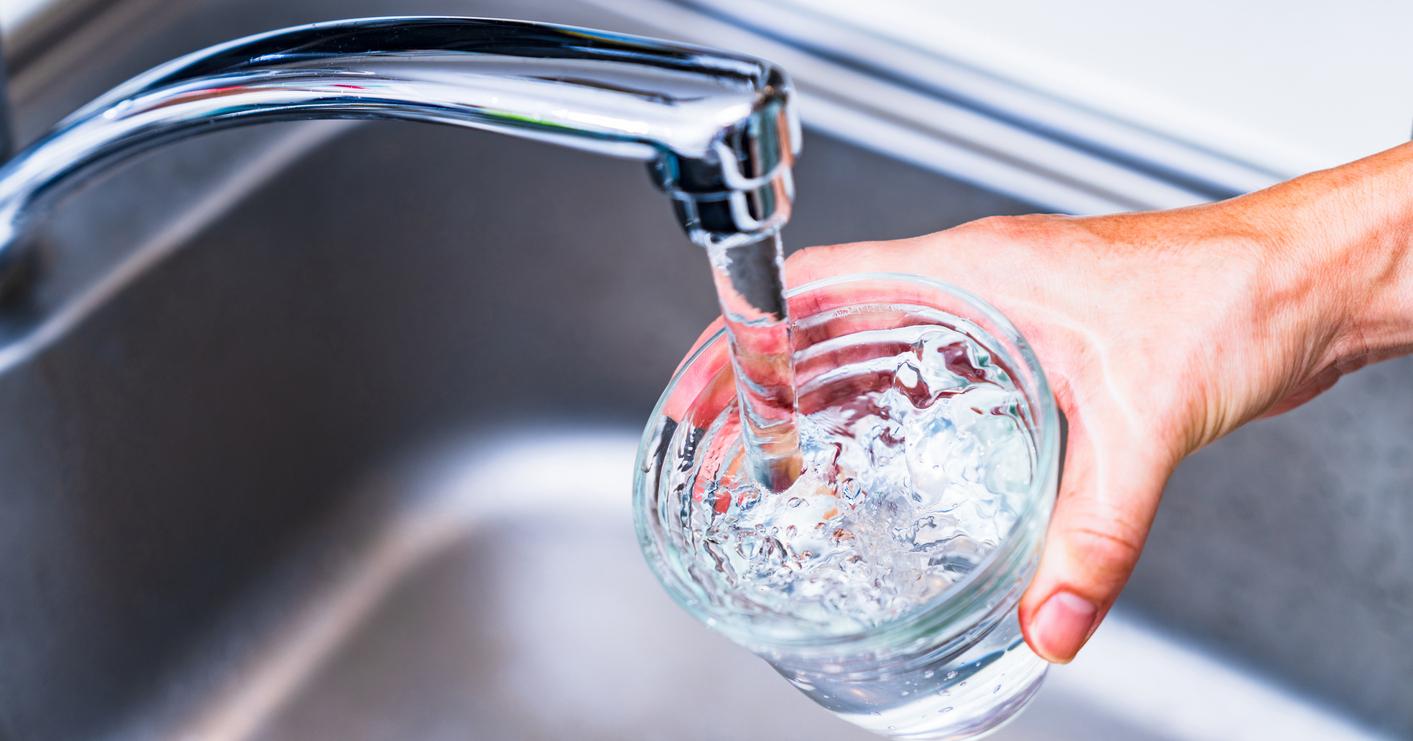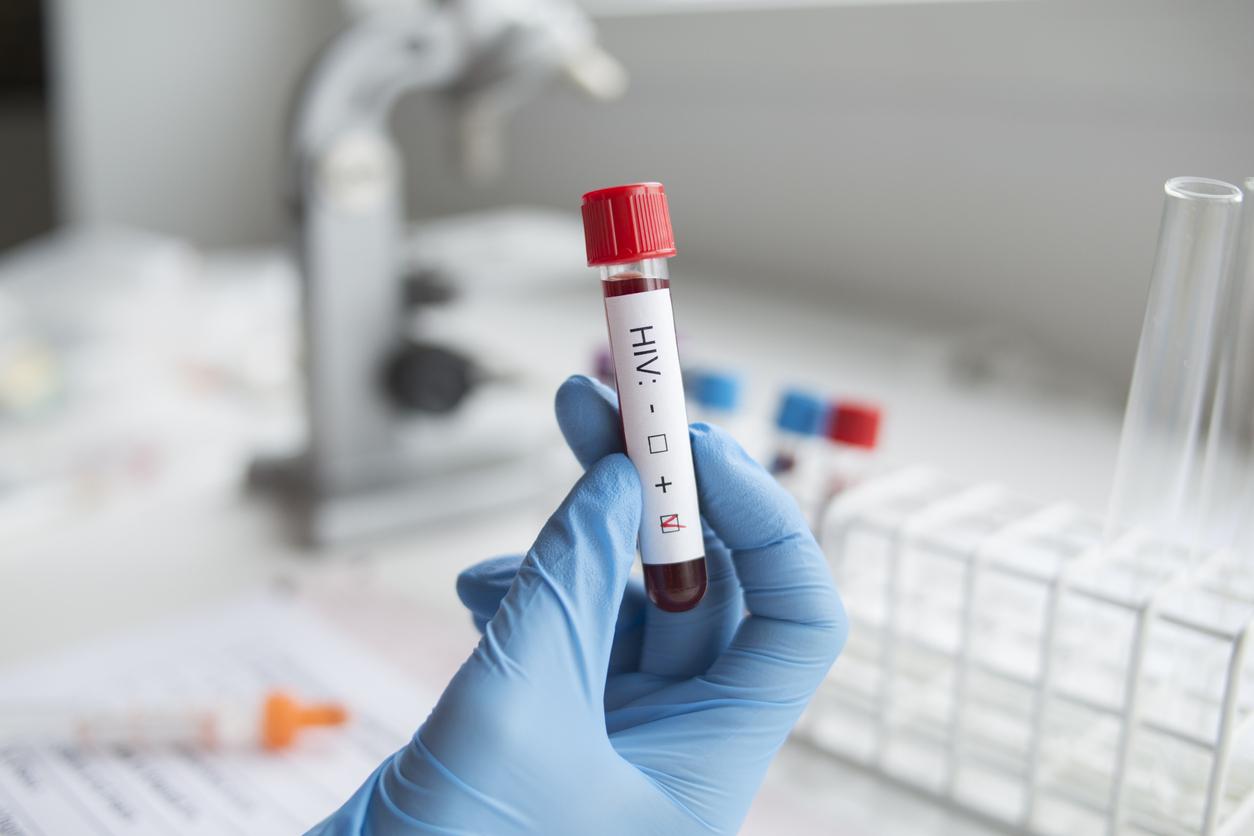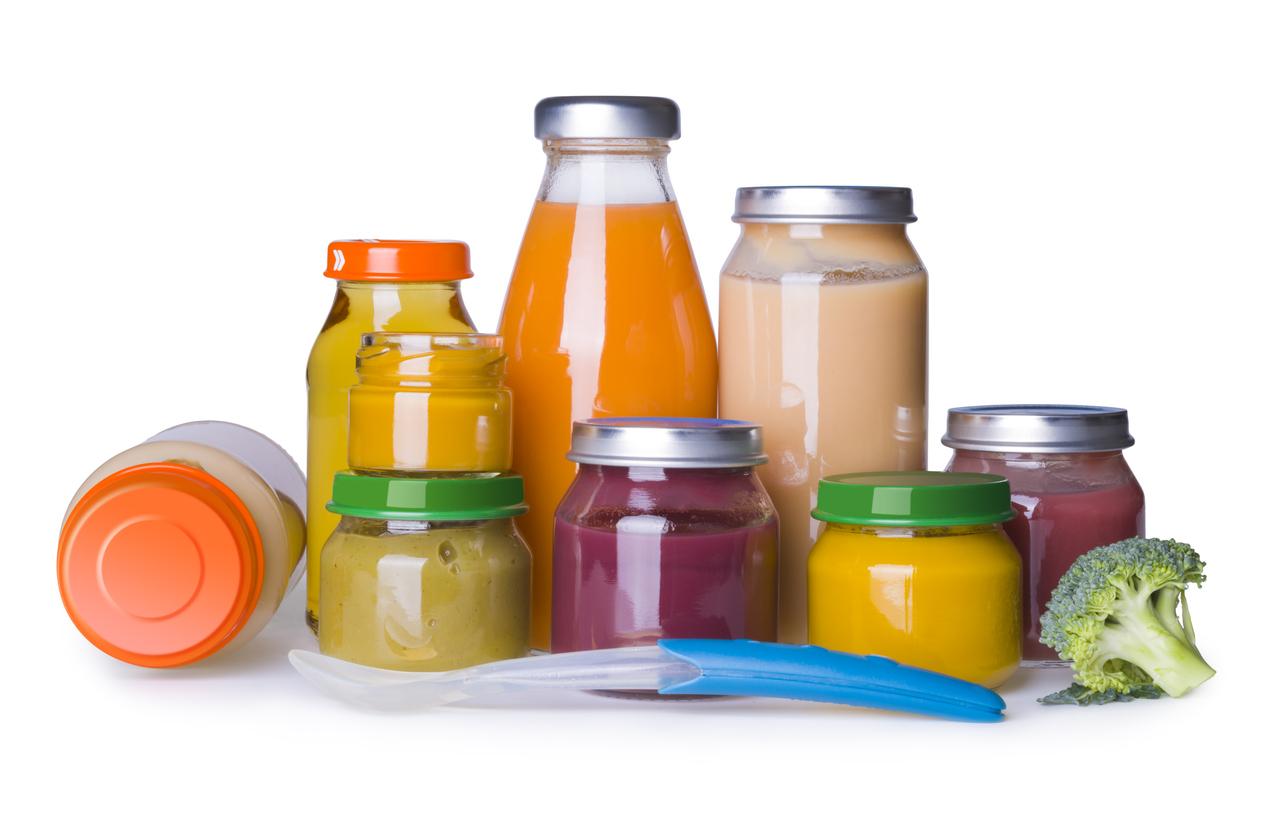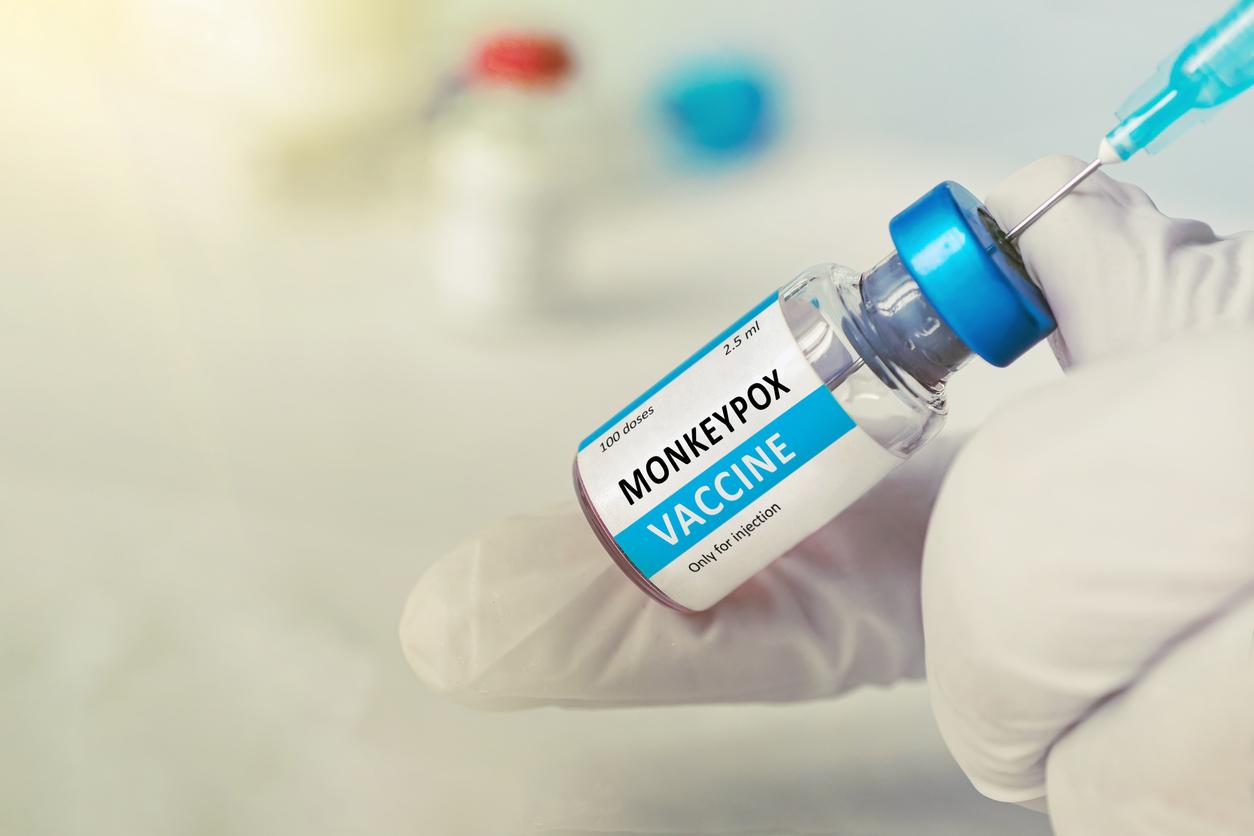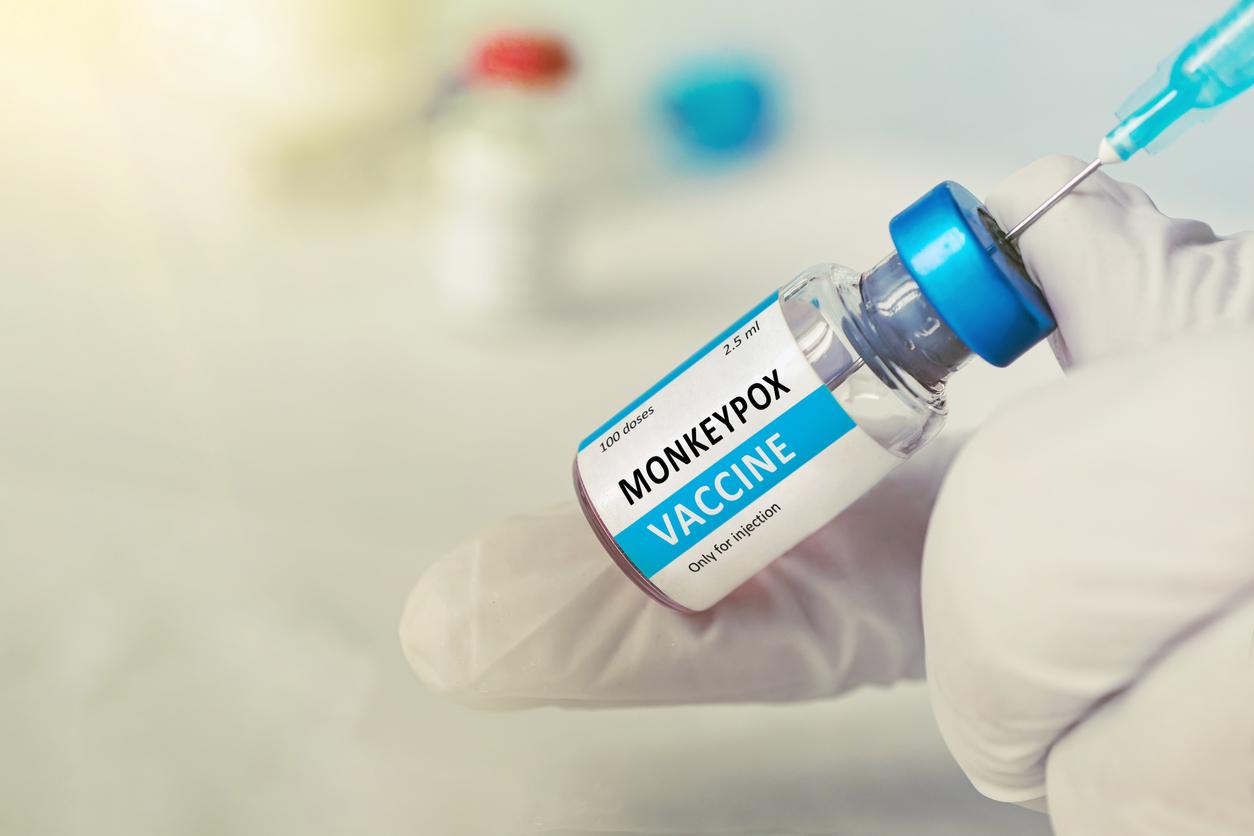Several brands of sanitary tampons marketed in the European Union and the United States contain high levels of metal contamination, including lead and arsenic, which are highly toxic to the body.
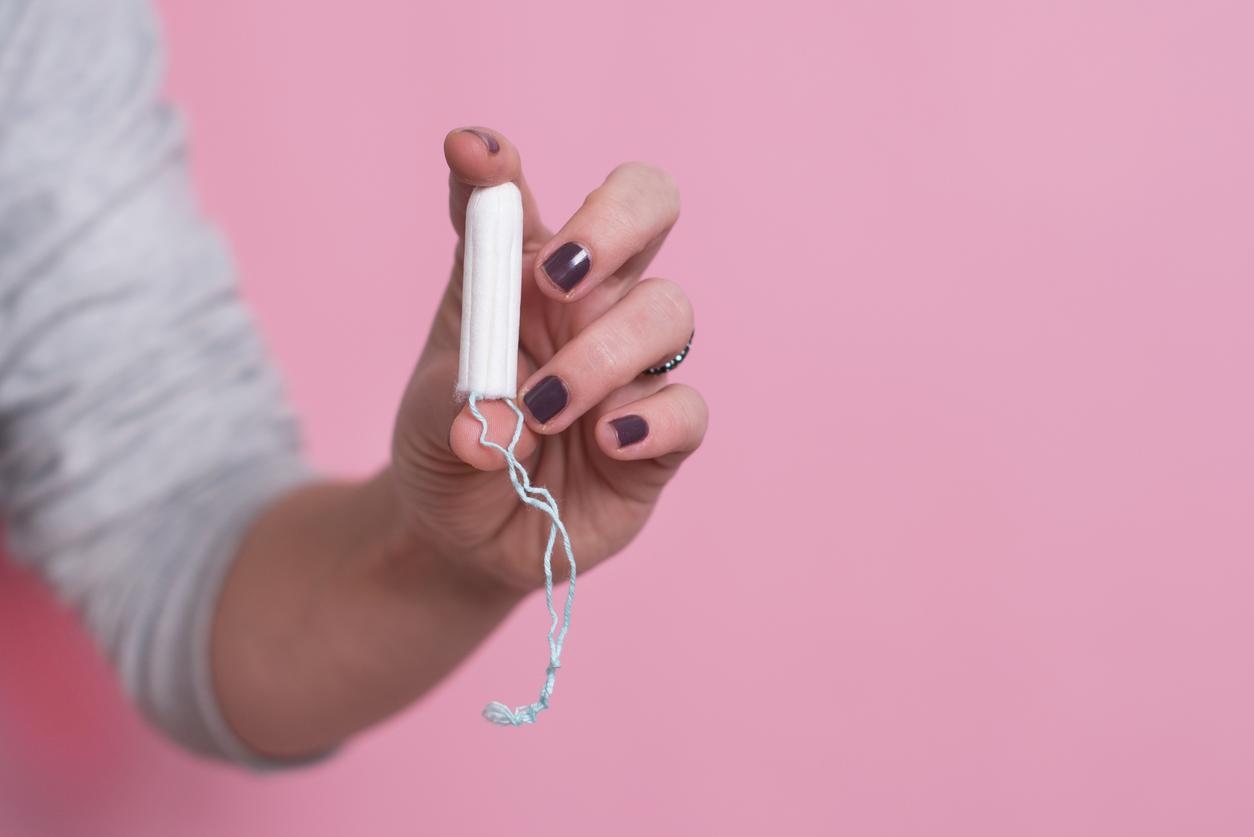
- 19% of French women use tampons during their periods, according to a survey by Ifop for Eve and Co and 20 minutes in March 2021.
- In a new study, researchers analyzed the presence of 16 metals in 30 tampons from 14 different brands marketed in the European Union and the United States.
- The result: several toxic metals, including lead and arsenic, were detected, but researchers do not yet know what the consequences are for women’s health.
For fear of their intimate health, French women are using tampons less and less: 33% of them did so in 2003, compared to 19% today according to a Ifop survey for Eve and Co and 20 minutes in March 2021. This new study, published in the journal Environment International, is unlikely to change the situation. After analyzing 30 tampons from 14 different brands marketed in the European Union and the United States, the researchers found measurable concentrations of 16 metals evaluated, including some toxic metals such as lead, for which there is no “safe” level of exposure.
“Women may be at greater risk of exposure when using these products”
“Tampons may contain metals from agricultural or manufacturing processes, which could be absorbed into the highly absorbent tissue of the vagina, leading to systemic exposure, explain the authors of the study in the preamble. To our knowledge, no previous studies have measured metals in tampons.”
In the thirty or so tampons tested, the researchers assessed the levels of these 16 metals: arsenic, barium, calcium, cadmium, cobalt, chromium, copper, iron, manganese, mercury, nickel, lead, selenium, strontium, vanadium and zinc.Although toxic metals are ubiquitous and we are exposed to low levels at all times, our study clearly shows that metals are also present in menstrual products and that women may be at higher risk of exposure when using these products.”, said Prof. Kathrin Schillingstudy co-author and assistant professor at Columbia University Mailman School of Public Health.
Metal concentrations varied depending on where the tampons were purchased (US or EU/UK), whether the tampons were branded or labelled organic or not. However, the scientists found that metals were present in all types of tampons studied, and no category had consistently lower concentrations of all or most metals. For example, lead concentrations were higher in non-organic tampons, but arsenic concentrations were higher in organic tampons.
Metals in tampons: what are the risks for women?
Metals are known to increase the risk of dementia, infertility, diabetes, and cancer; they can damage the liver, kidneys, brain, and cardiovascular, nervous, and endocrine systems; and they can harm maternal health and fetal development. But scientists don’t know yet whether the metals detected in tampons in this study contribute to negative health effects. More research is needed to determine how much metal can leach from these sanitary products and cross the vaginal epithelium into the systemic circulation.
“I really hope that manufacturers will be required to test their products for metals, especially toxic metals.said lead author Jenni A. Shearston, a postdoctoral researcher in the UC Berkeley School of Public Health and Department of Environmental Science, Policy and Management. It would be interesting to see the public demand for this or better labeling of tampons and other menstrual products.”








